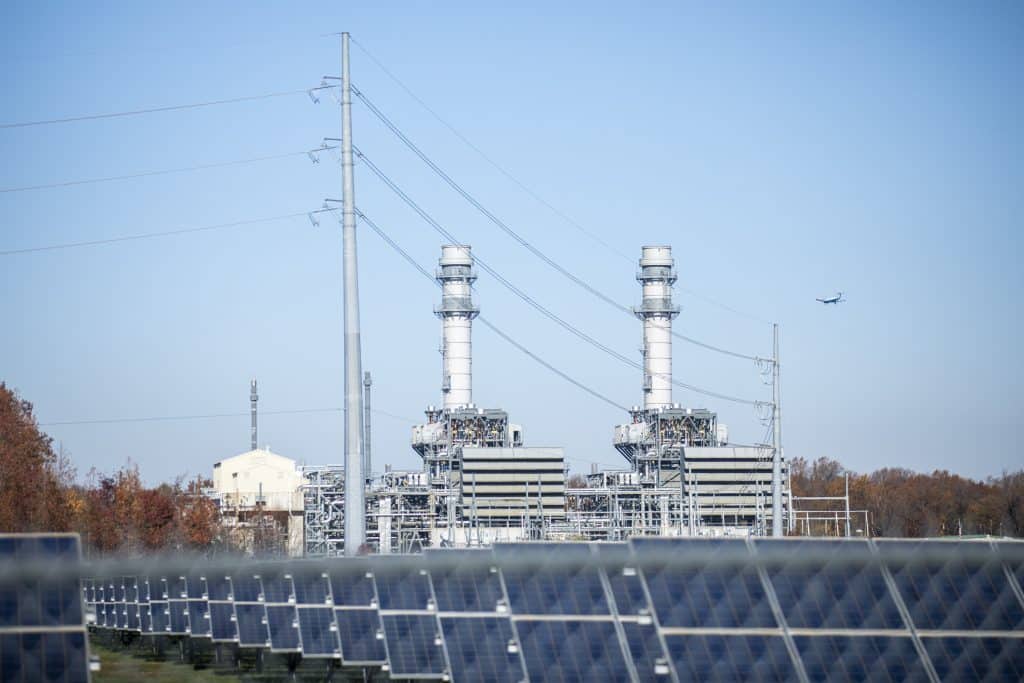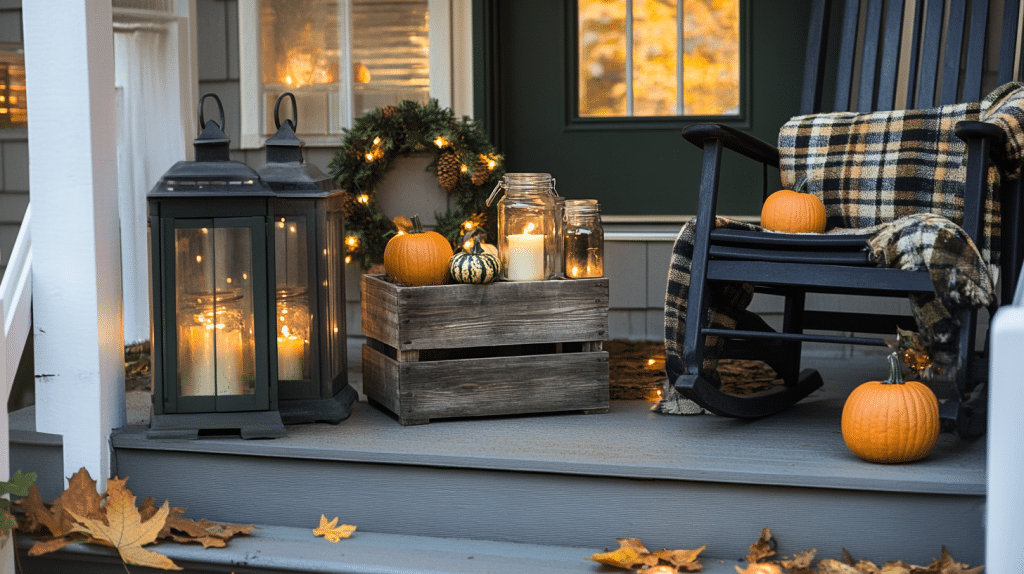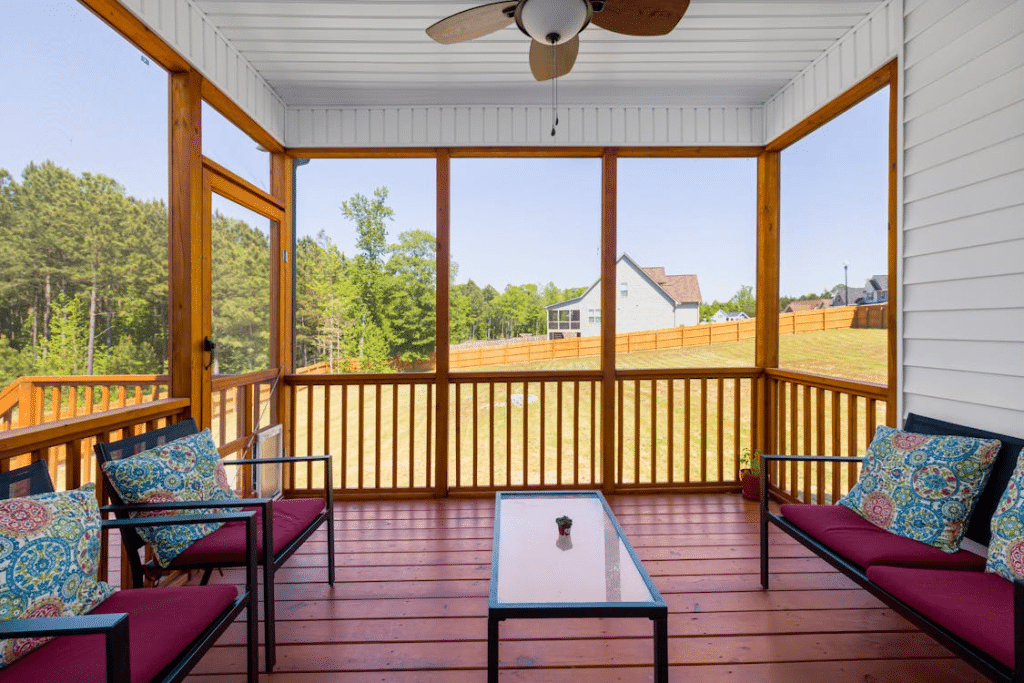Energy bills in Scranton are rising due to a combination of regional grid costs, utility rate adjustments, and aging local housing conditions. Recent PJM reports show capacity prices increasing nearly ten-fold compared to two years ago, driven by new data-center electricity demand and grid congestion across Pennsylvania. As a result, utilities serving Northeast PA, including PPL Electric, have proposed additional rate increases, prompting the City of Scranton to request formal review of the latest hike.
Statewide reporting indicates that Pennsylvania households could see 30–60% higher retail electricity rates by 2030 if current PJM cost trends continue. In Scranton, older housing stock magnifies the impact. Many homes built before modern insulation and roofing standards lose significant conditioned air, and energy research shows that under-insulated attics can waste up to 25% of heating and cooling output.
With higher wholesale market prices, local supply-rate adjustments, and structural energy loss in older homes, monthly utility costs in Scranton continue to rise even when homeowner usage does not.
American Remodeling provides energy-efficient roofing, insulation, and ventilation upgrades throughout Scranton and the NEPA region to help reduce avoidable energy loss at the home level.
Understanding the Regional Energy Landscape
Scranton sits in a region where weather patterns have always played a major role in household energy usage. However, the recent years have amplified those demands. For instance, winters have grown increasingly inconsistent. The season often swings between mild stretches and sudden cold snaps that force heating systems to run at full capacity.
Summers, on the other hand, have become noticeably hotter and more humid, pushing air conditioners to work harder and for longer periods of time. These constant fluctuations place a year-round strain on HVAC systems. This naturally leads to higher energy consumption.
Beyond weather, another major factor influencing energy bills is the ongoing rise in utility rates across Pennsylvania. Power companies continue to adjust prices due to fuel costs, grid maintenance, and broader infrastructure upgrades.
Unfortunately, these changes leave homeowners paying more even if their energy usage stays relatively consistent. For many households in the area, this means that simply keeping the lights on and maintaining a comfortable indoor temperature now costs noticeably more than it did just a few years ago.
The condition of homes throughout Scranton also contributes to the broader energy landscape. Many properties in this region were built long before modern efficiency standards existed. This means older roofs, insulation, and ventilation systems remain common.
When these components age, they become less effective at regulating indoor temperatures, causing more energy to be used just to maintain comfort. This mix of climate, utility pricing, and aging infrastructure sets the stage for the rising energy bills many families are experiencing today.
Key Factors Behind Rising Energy Bills in Scranton
Even with regional climate patterns and utility rate changes setting the tone, the steep rise in energy bills for Scranton homeowners is mostly driven by what’s happening inside the home. Let’s figure out the key factors in this section.
Increasing Utility Rate Structures
Pennsylvania’s utility providers have been adjusting their pricing models over the past several years, and these changes have had a direct impact on household budgets. It’s more than just that rates are higher. The structure itself has shifted.
Many providers now implement seasonal adjustments, demand-based pricing, and higher generation charges that inflate costs even when consumption stays stable. Homeowners end up paying more per kilowatt-hour during certain times of the year. This means the same amount of heating or cooling that once felt affordable now produces noticeably higher bills.
Heavy Year-Round HVAC Demand
The region’s increasingly inconsistent weather has made HVAC usage a year-round necessity rather than a seasonal one. Instead of long, steady periods of mild temperatures, homeowners now face more frequent cold snaps, unexpected warm spells, and abrupt humidity shifts.
These fluctuations force heating and cooling systems to cycle more often, which uses significantly more energy. But the real issue isn’t just how often the system runs, it’s how hard it has to work.
When the temperature swings quickly, HVAC systems run at higher intensity to stabilize indoor comfort. This constant adjustment drives up consumption and accelerates wear on equipment, which can further decrease efficiency over time.
Structural Inefficiencies in Aging Homes
Many homes in the area were built long before modern energy standards existed. And these older construction methods simply aren’t designed to withstand today’s climate demands.
Roofs weaken over time, insulation settles or degrades, and the protective layers that once kept heat inside become far less effective. When a roof begins to lose its structural integrity or insulation becomes uneven, the home can no longer maintain stable indoor temperatures.
Warm air escapes rapidly in winter, and excess heat infiltrates easily in summer. These inefficiencies create a constant, invisible drain on energy, which forces heating and cooling systems to run longer to compensate.
Hidden Ventilation and Airflow Problems
Ventilation plays a much bigger role in energy efficiency than most homeowners realize. A poorly ventilated attic can trap heat during the summer, turning the upper part of the home into a massive heat reservoir.
In the winter, inadequate ventilation can cause moisture buildup that affects insulation performance. Both scenarios increase the load on HVAC systems dramatically. The challenge is that ventilation issues rarely present obvious symptoms.
Drafts, uneven temperatures between floors, or rooms that never feel quite right often point to airflow imbalances. However, homeowners typically don’t recognize the underlying source until the energy bill reveals a pattern of excessive usage.
Outdated or Overburdened Home Systems
Finally, the condition and age of a home’s mechanical systems significantly influence energy consumption. Older HVAC units, water heaters, electrical panels, and even ductwork were not built with modern efficiency expectations in mind.
The Growing Impact of Data Centers on Regional Energy Demand
A less obvious but increasingly important factor is the expansion of data centers across Pennsylvania. These facilities, which support cloud computing, AI platforms, streaming services, and enterprise storage, run 24/7 and consume substantial amounts of electricity. Their heavy reliance on both power and cooling systems places enormous demand on the regional grid.
Over time, these systems lose performance due to wear, outdated technology, or a lack of compatibility with current insulation standards. When these older systems operate in a home that already struggles with structural inefficiencies, the energy waste multiplies.
This leads to higher consumption, shorter system lifespan, and a sharp increase in maintenance or repair costs. All of this impacts the monthly utility bill.
How Your Roof Directly Impacts Your Energy Bills?
Your roof plays a central role in determining how efficiently your home uses energy. Below are the key ways your roof influences your monthly energy bills.
Heat Transfer and Temperature Regulation
A well-maintained roof acts as a barrier between your home and outdoor temperatures. When roofing materials weaken, they allow heat to transfer more easily. It lets warm air escape during winter and allows excess heat to enter during summer.
This forces your HVAC system to work harder to balance indoor temperatures, especially during intense seasonal weather in Scranton. Over time, even minor deterioration can lead to major inefficiencies, turning the roof into a silent driver of energy waste.
Roofing Materials and Aging Shingles
Every roofing material has an intended lifespan. As shingles age, they lose granules, become brittle, and gradually separate from the underlayment. These issues compromise the roof’s ability to reflect sunlight and insulate the home.
Darkened, worn shingles absorb far more heat than newer, reflective ones, creating higher attic temperatures and increasing cooling costs. What begins as simple wear and tear can evolve into a measurable rise in monthly utility bills.
Attic Ventilation and Airflow Imbalances
Ventilation is one of the most overlooked contributors to energy efficiency. A roof with poor ventilation traps hot air in the attic during summer, causing temperatures to spike well above outdoor levels. This heat radiates downward into living spaces, triggering more cycles from the air conditioner.
In winter, inadequate airflow leads to moisture buildup that reduces insulation effectiveness, often resulting in higher heating demands. Proper ventilation balances these extremes, but many older homes rely on outdated or insufficient systems.
Insulation Performance and Roof Integrity
Insulation works in tandem with the roofing structure, and its performance directly affects energy consumption. When the roof is compromised, insulation can become damp, compressed, or unevenly distributed.
This diminishes its ability to retain heat in winter or block heat in summer. Once insulation begins to fail, homeowners experience elevated energy use even if their HVAC system is functioning properly.
Installation Quality and Long-Term Efficiency
Even the highest-quality materials can underperform if the roof was not installed correctly. Misaligned shingles, insufficient sealing, poor flashing, and improperly placed ventilation openings all create long-term inefficiencies that worsen over time.
Homes with installation issues often struggle to maintain stable indoor temperatures. This leads to higher monthly energy consumption without any obvious signs of damage.
A roof that is structurally sound, well-ventilated, and built with modern materials can dramatically improve how efficiently a home manages heat throughout the year. When these elements work together, homeowners see lower HVAC strain, fewer temperature fluctuations, and more predictable energy costs.
Practical Steps Homeowners Can Take to Reduce Energy Costs
Understanding how modern roofing design supports energy efficiency helps homeowners see why strategic upgrades can create meaningful relief on monthly bills. In this section, we’ll talk about some practical steps that you can take to reduce energy costs in Scranton.
High-Performance Roofing Materials Reduce Thermal Load
Modern roofing materials are built to manage heat. Options such as asphalt shingles, stone-coated metal, and cool-roof membranes feature advanced coatings designed to reflect solar heat rather than absorb it.
With higher solar reflectance and lower thermal emittance, these materials reduce the amount of heat that transfers into the home. It eases the strain on air conditioners.
In regions with fluctuating temperatures like Scranton, upgrading to a thermally efficient roofing system can noticeably lower peak cooling costs over time.
Proper Ventilation Systems Improve Efficiency
Efficient roofs don’t rely on materials alone; ventilation is just as crucial. Balanced systems that combine continuous soffit vents with ridge or gable vents prevent superheated attic air from accumulating in summer and reduce condensation during the winter months.
It stabilizes attic temperatures and moisture levels, allowing HVAC units to operate under far less stress. When attic ventilation is built correctly, the entire home benefits from improved energy performance and extended component lifespan.
Insulation Enhancements Can Help
Insulation determines how well a roof prevents conditioned air from escaping. Upgrading to solutions like closed-cell spray foam or high-density fiberglass can dramatically improve resistance to heat transfer and air leakage.
This creates a more controlled indoor environment where heating and cooling systems operate efficiently rather than constantly compensating for energy loss. For older homes, insulation improvements often deliver some of the fastest returns in energy savings.
Frequently Asked Questions
Can my roof actually affect my energy bill in Scranton?
Yes. Your roof plays a major role in regulating indoor temperature. A roof with poor insulation, inadequate ventilation, or outdated materials can force your heating and cooling systems to run longer, which increases energy use and monthly costs.
How does roofing ventilation help reduce energy expenses?
Proper ventilation prevents superheated attic air from building up in summer and reduces moisture-related heat loss in winter. Balanced intake and exhaust airflow stabilizes attic temperatures, reduces HVAC strain, and contributes to overall energy savings.
What roofing materials are best for improving energy efficiency?
Reflective asphalt shingles, cool-roof membranes, stone-coated metal roofing, and modern architectural shingles with advanced granule technology all offer strong thermal performance. These materials reflect more sunlight, reduce heat transfer, and help keep energy usage stable.
How much can I save by upgrading to an energy-efficient roof?
Savings vary, but many homeowners see up to a 15-20% reduction in heating and cooling costs after upgrading to modern, energy-efficient roofing systems that improve insulation, ventilation, and thermal stability.












